The world's top coffee beans Ethiopian specialty coffee beans are treated the same way?
SynopsisWashed coffee beans can be found in most producing areas in Ethiopia. After coffee farmers pick and select coffee berries, most of them are transported to washing and processing stations for processing.
The world's top coffee beans Ethiopian specialty coffee beans are treated the same way?
Washed coffee beans can be found in most producing areas in Ethiopia. After coffee farmers pick and select coffee berries, most of them are transported to washing and processing stations for processing.
After receiving the coffee fruit, the workers of the washing station first pre-dip it, screen the sundries or remove the coffee beans that do not meet the standard, and then send the fruit to the dish peeling machine for the peeling process. Shell beans still have a sticky layer on the surface. They will be introduced into different fermentation tanks according to different densities, and then placed under water for 48-72 hours for submerged fermentation.
After the fermentation is completed, the shell beans will be introduced into another water tank, poured into clean water and left for 4-8 hours, and then brushed repeatedly with the help of water flow and cleaning channels. During the process, if the beans float on the water surface, the density is low and the weight is light. The defective products will be eliminated into another collection channel.
The rest of the fruits flow into the concentration tank after the pectin layer is detached, and are picked up by workers for drying. The workers must then drain the water, move the shell beans from the centralized tank to the grid, let the water drip dry as much as possible, and then send it to the scaffolding for sun drying. The processing is completed when the specific moisture content is met.
This treatment method is different from the water washing method in Central and South America. In terms of fermentation treatment, Ethiopian fermentation belongs to underwater fermentation, while the popular anhydrous and dry fermentation in Central and South America is different. Underwater fermentation uses circulating water and artificial guidance to eliminate shell beans with insufficient density. However, some countries in Central and South America will retain the pectin layer in the fermentation process, and most of the dense processing in this region is processed according to this principle.




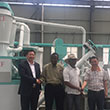


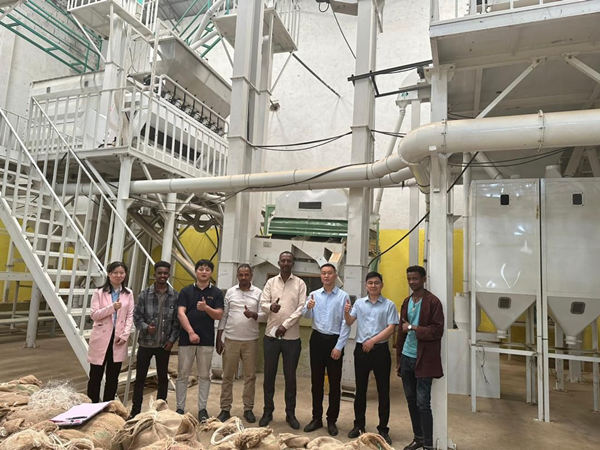
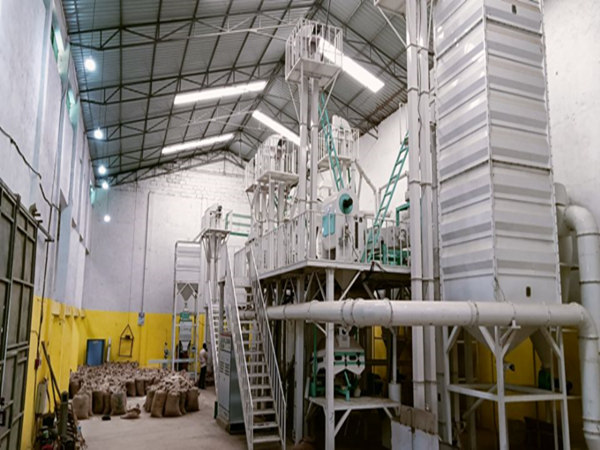
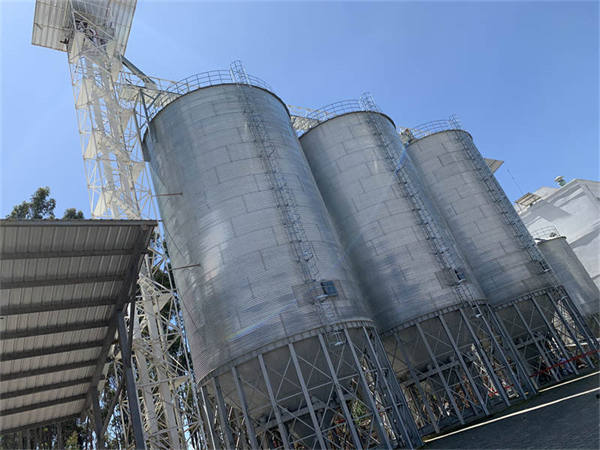
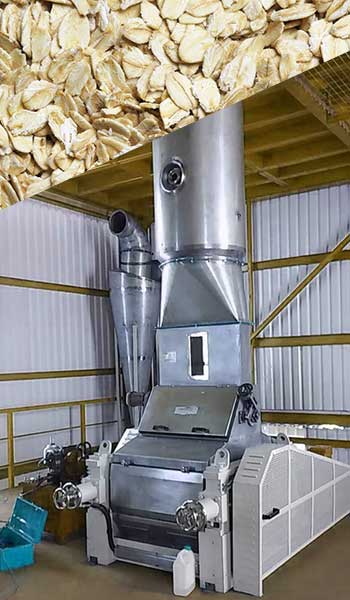
Leave a reply